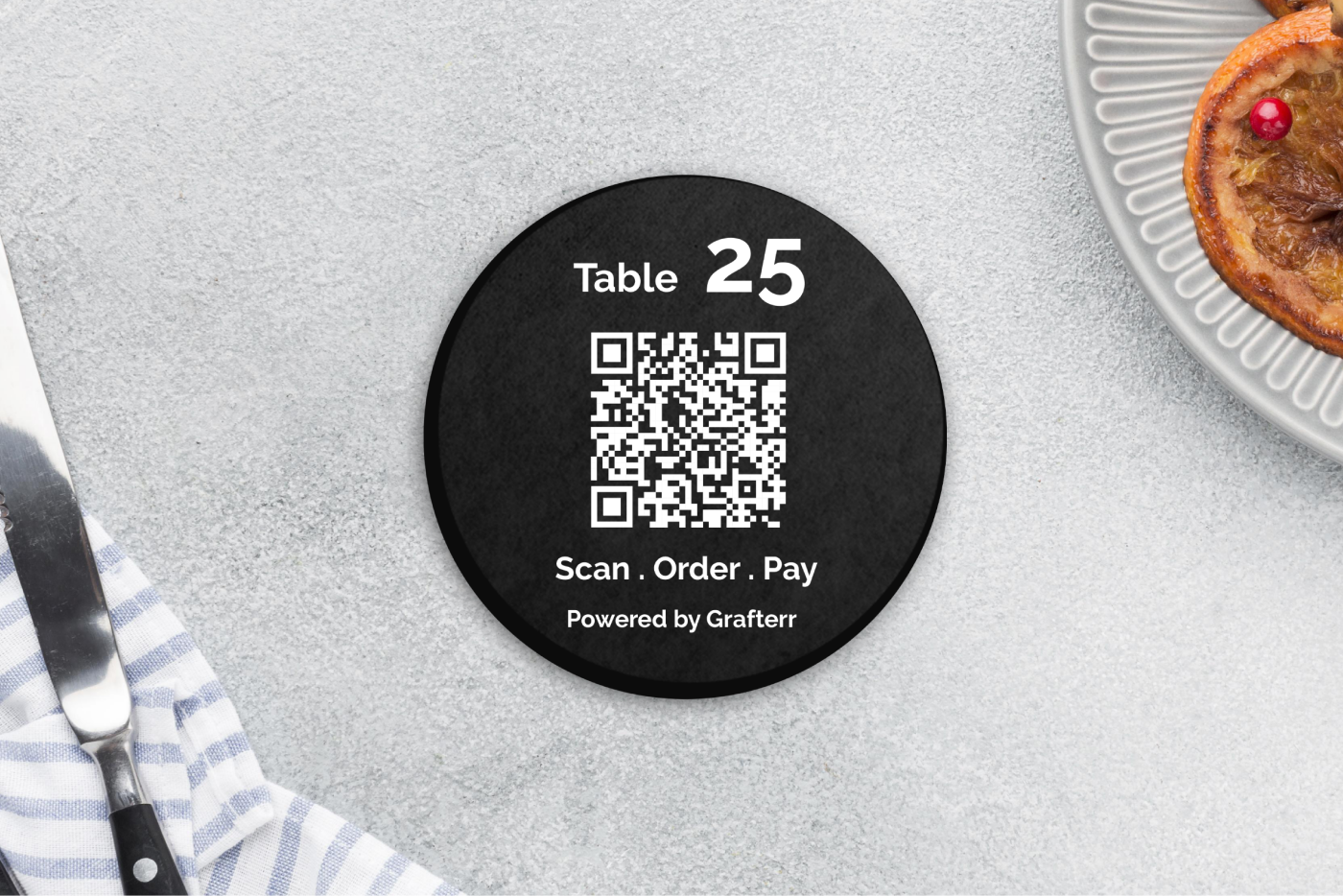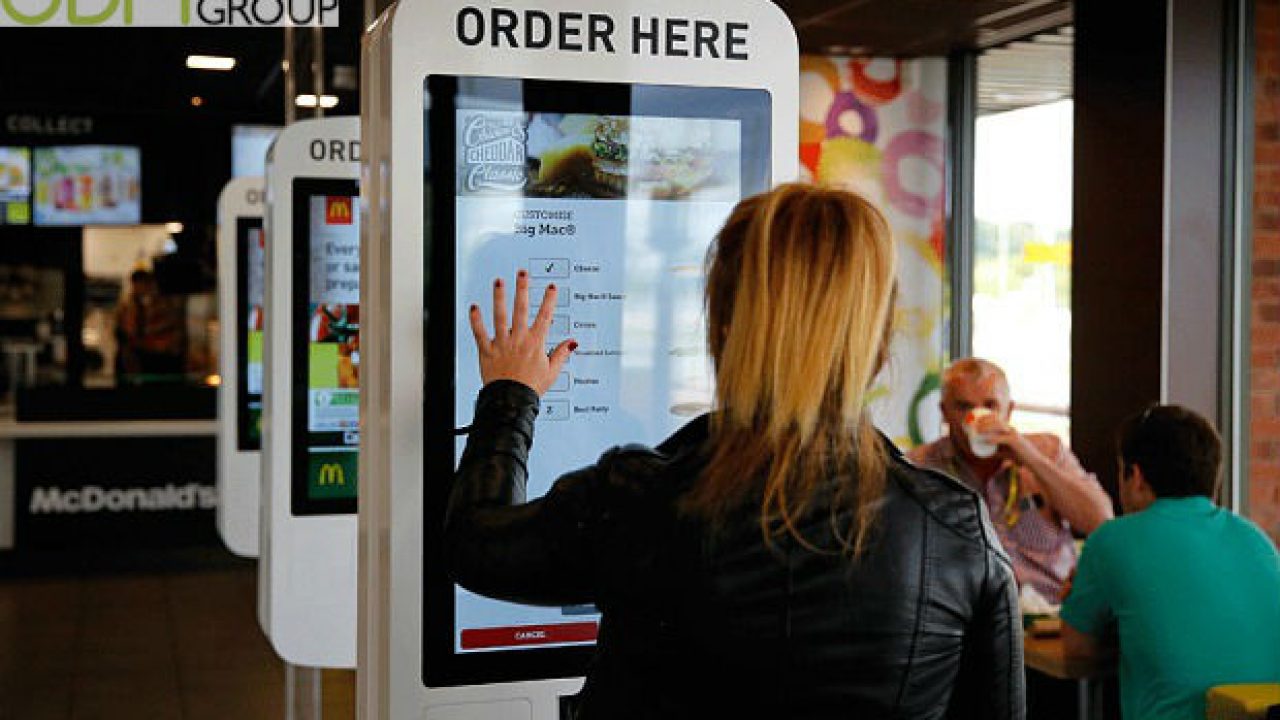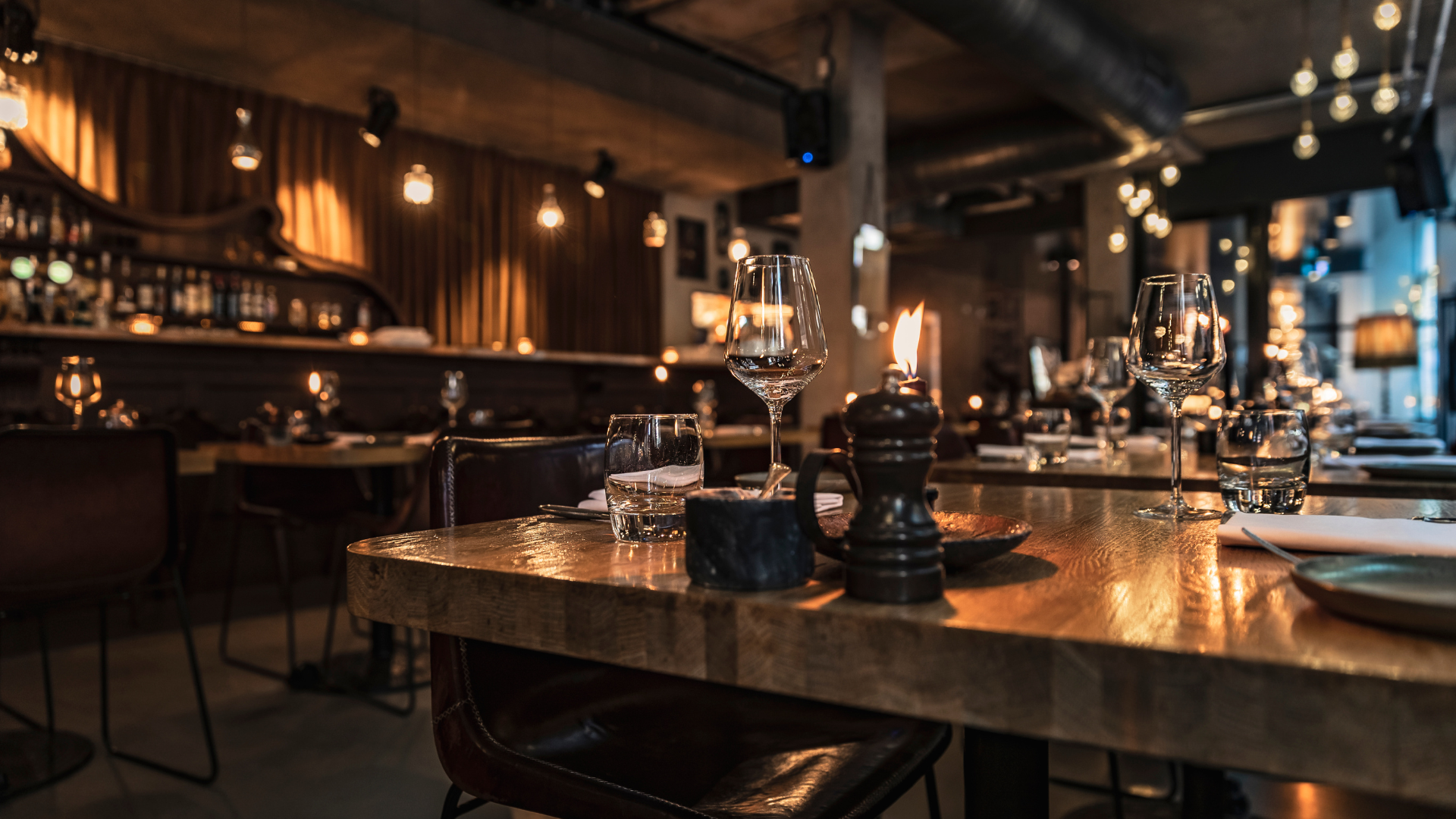QR ordering menus have become more than just a technological novelty; they are now a key component in enhancing the dining experience.
Far from replacing the valuable human touch, QR codes act as a complement to traditional service, empowering staff and elevating customer satisfaction.
When QR menus first emerged as a prominent feature during the COVID-19 pandemic, they were initially seen as a necessary adaptation to unprecedented circumstances, aiming to reduce human interaction to ensure safety.
However, this technological pivot quickly revealed its empowering potential for both staff and customers. By facilitating social distancing, QR menus minimized health risks, allowing customers to browse menus, place orders, and make payments from the safety of their smartphones.
This shift not only preserved the essence of dining out during challenging times but also empowered staff by alleviating the pressure of close contact, enabling them to focus on providing attentive, albeit distanced, service.
The adoption of QR codes was a testament to the resilience and adaptability of the hospitality industry, ensuring continuity of service while prioritizing the well-being of both employees.
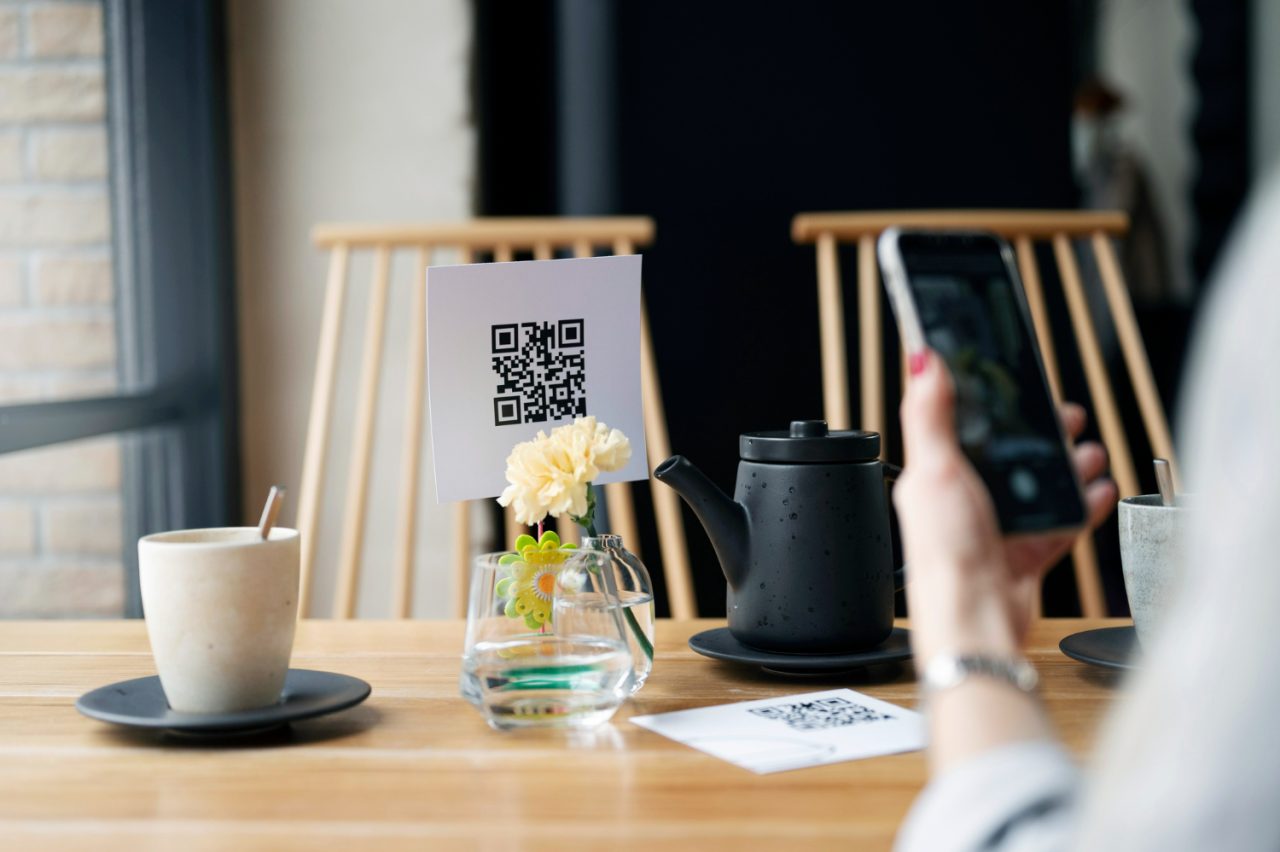
Even beyond the pandemic, the benefits of QR menus have continued to complement human service in significant ways.
One of the most notable advantages has been breaking down language barriers, making menus accessible to a broader, more diverse clientele.
By offering multilingual menu options with a simple scan, restaurants have been able to cater to international tourists and non-native speakers more effectively, enhancing the dining experience for all guests.
This technological tool has supported staff by providing them with an efficient way to communicate menu details, specials, and recommendations without language constraints, fostering a more inclusive and welcoming dining environment.
QR menus have not only been instrumental in navigating the challenges posed by the pandemic but have also enriched the customer service experience in the evolving landscape of hospitality.
Enhancing efficiency and focus
QR ordering systems streamline the ordering process, allowing staff to dedicate more time to providing personalized service.
Waitstaff can focus on engaging with customers, answering questions about the menu, and offering recommendations.
This shift from taking orders to enhancing the dining experience can lead to improved job satisfaction among employees and a more memorable visit for diners.
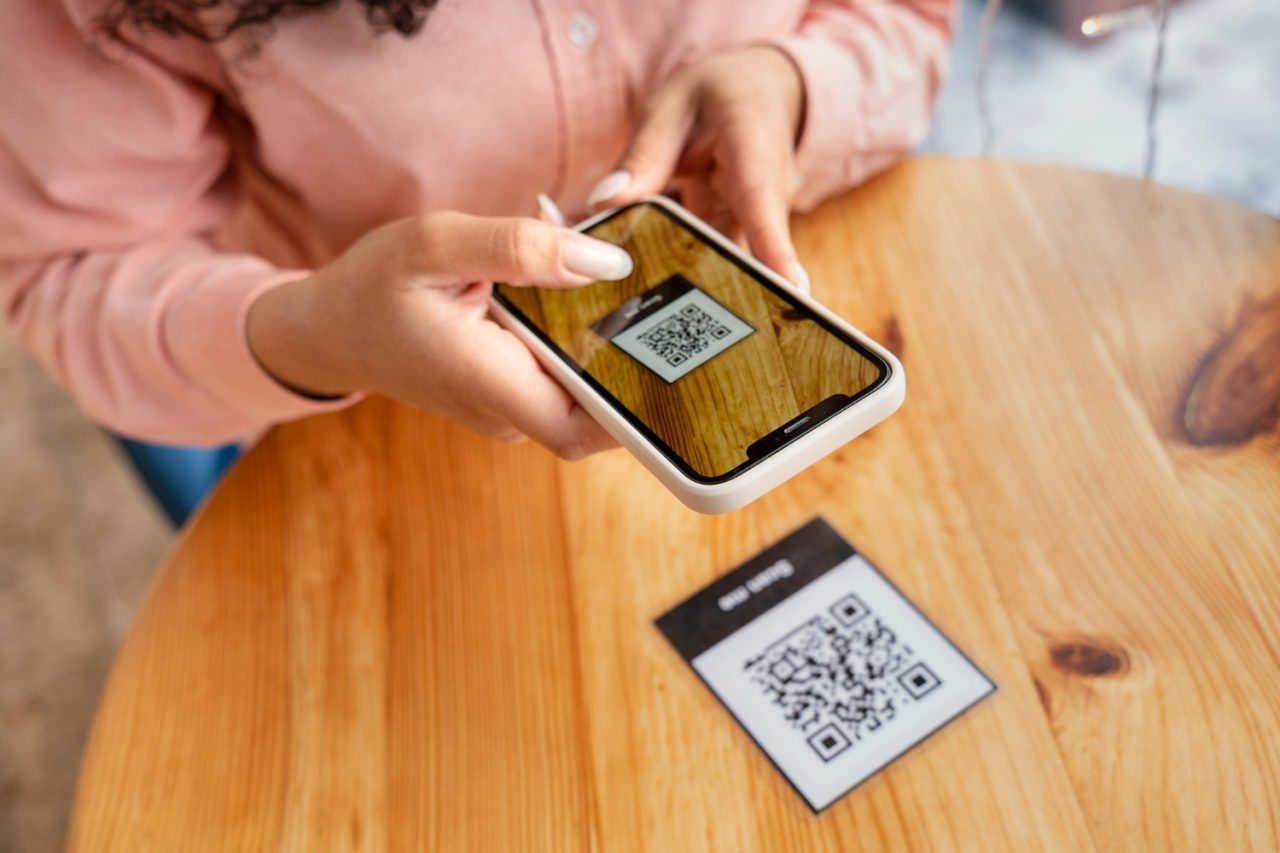
5 reasons why QR menus enhance efficiency
- Immediate Updates: QR menus allow restaurants to update their offerings in real-time, eliminating the need for costly and time-consuming reprints of traditional menus. This flexibility ensures that customers always have access to the latest items, prices, and specials, streamlining the ordering process.
- Reduced Wait Times: By enabling customers to scan, browse, and order directly from their mobile devices, QR menus significantly cut down on the time traditionally spent waiting for a server to take orders. This efficiency improves table turnover rates and enhances customer satisfaction.
- Lowered Error Rates: With QR menus, orders are input directly by customers, reducing the risk of miscommunication between diners and staff. This accuracy ensures that customers receive exactly what they ordered, decreasing the need for order corrections and saving time for both customers and kitchen staff.
- Enhanced Customer Experience: QR menus can offer a more interactive and engaging dining experience. Customers can explore menu items in greater detail, including ingredients and allergen information, at their own pace. This autonomy not only makes the ordering process more efficient but also more informative and enjoyable for the diner.
- Streamlined Payment Process: QR menus often integrate with mobile payment solutions, allowing customers to pay for their meals directly from their smartphones. This integration speeds up the payment process, reduces the time staff spend processing transactions, and allows for a smoother, faster dining experience from start to finish.
Reducing wait times and errors
One of the most significant advantages of QR ordering is the reduction in wait times and order inaccuracies. Customers can place orders at their convenience, directly sending their selections to the kitchen.
This direct line from diner to kitchen cuts down on the potential for miscommunication, ensuring that guests receive exactly what they ordered, quickly and efficiently.
Staff can then concentrate on quality control and timely delivery, further improving service quality.
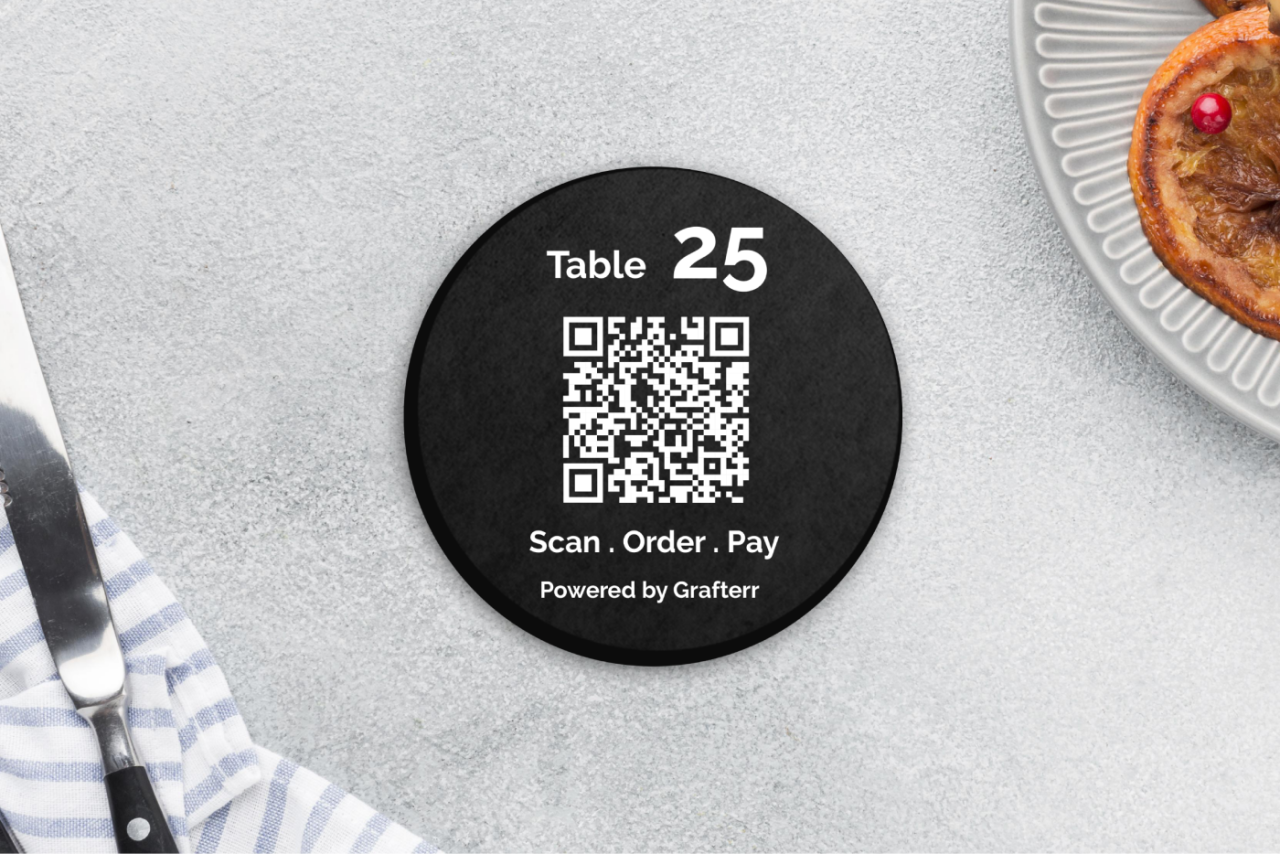
Transform your dining experience with Grafterr’s QR Mobile Order & Pay, streamlining service and increasing table value by 30%.
Embrace convenience, reduce queues, and boost revenue with our easy-setup system, ideal for any busy restaurant or bar.
5 tips on how to optimize QR menus for reduced wait times and errors
- Simplify the Menu Layout: Design your QR menu with clarity and ease of navigation in mind. Categorize items logically and include concise descriptions. A straightforward layout helps customers make quick decisions, reducing the time spent browsing and consequently, the overall wait time.
- Incorporate High-Quality Images: Utilize high-resolution images for each menu item. Visuals can significantly speed up the decision-making process for diners, as they can quickly identify what they want. Additionally, images help ensure that customers have accurate expectations of their orders, reducing the likelihood of errors and dissatisfaction.
- Implement Order Confirmation Steps: Before finalizing an order, prompt customers with a confirmation screen that summarizes their selections. This extra step allows customers to review and modify their order if necessary, catching and correcting any mistakes before the order is sent to the kitchen.
- Offer Customization Options: Clearly display customization options for each dish directly within the QR menu. When customers can specify their preferences (e.g., dressing on the side, no onions) through the menu itself, it reduces the chances of miscommunication and errors in the order preparation process.
- Ensure Seamless Integration with POS Systems: For the most efficient use of QR menus, ensure they are fully integrated with your restaurant’s Point of Sale (POS) system. This direct integration speeds up the order-to-kitchen process and minimizes manual entry errors, as orders placed via the QR menu are automatically sent to the kitchen for preparation.
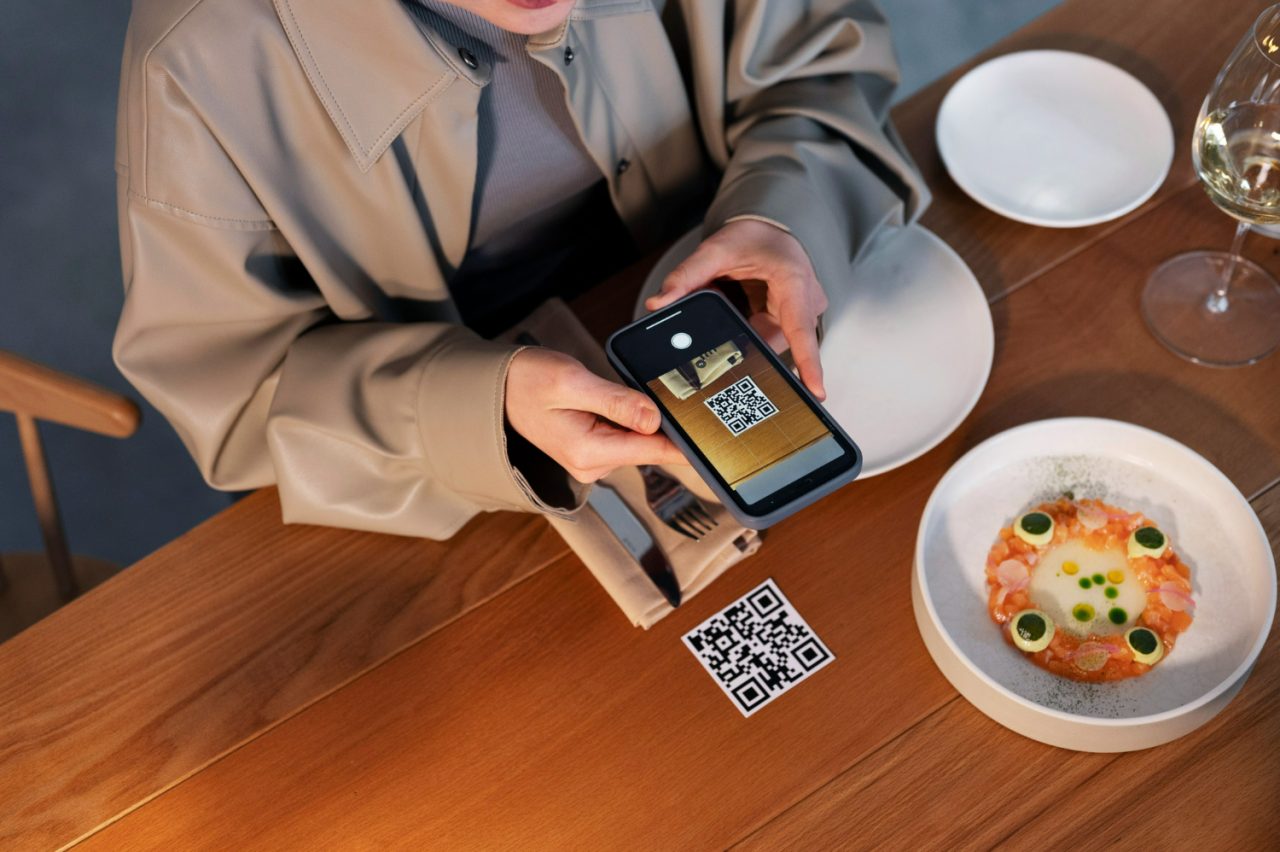
Facilitating upselling and customization
QR menus can offer dynamic content, such as daily specials and customizable dish options, which staff can highlight and explain in detail.
This interactive element encourages diners to explore the menu further and allows staff to upsell more effectively, contributing to a higher average check size and a richer dining experience.
10 quick hints to upsell using QR menus in your food and drink business
- Highlight Specials and Promotions: Use the top section of your QR menu to showcase daily specials, limited-time offers, or promotional combos that encourage customers to spend more.
- Leverage High-Quality Images: Include appetizing photos next to premium items to make them more enticing. Visuals significantly impact a customer’s choice, driving them towards higher-priced options.
- Recommend Pairings: Suggest food and drink pairings, such as wine with certain dishes, to enhance the dining experience and increase the average order value.
- Utilize Dynamic Pricing: Adjust prices for peak times or offer discounts during off-peak hours to encourage orders of certain items, effectively managing demand while upselling.
- Incorporate Customer Reviews: Highlight popular items with positive customer reviews or ratings directly on the menu to build trust and encourage purchases of those dishes.
- Offer Customization Upsells: Provide options to customize dishes for an additional charge, such as adding protein to a salad or extra toppings on a pizza.
- Implement Smart Suggestions: Use software that analyzes current order contents to make smart, personalized upsell suggestions that complement the customer’s existing choices.
- Create Bundle Deals: Package related items together at a slightly reduced total cost to encourage customers to buy more than they might have initially intended.
- Reward Upsells: Introduce a rewards system where customers earn points for selecting upsell options, redeemable for discounts or free items on future visits.
- Use Clear Calls to Action: Make sure your upsell prompts are clear and compelling. Phrases like “Complete your meal with…” or “Don’t miss out on…” can effectively nudge customers towards making additional purchases.
Conclusion
QR ordering menus are revolutionizing the dining scene, not by diminishing the role of human service, but by enhancing it.
By freeing up staff from the mechanical aspects of order-taking, they can now focus on what truly matters: building rapport with guests, providing attentive service, and creating an inviting atmosphere.
In this way, QR technology and human service go hand in hand, each complementing the other to create a seamless and satisfying dining experience.
